Pereira, N. et als.
Cir. plást. iberolatinoam. vol.43, no.3. jul./sep. 2017. pp 269-273
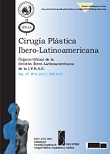 La fractura de los huesos propios nasales es la más frecuente de las fracturas faciales y su hallazgo concomitante con fractura septal varía desde un 34% a un 96.2%. Es necesario un abordaje adecuado para evitar complicaciones como obstrucción nasal y deformidades nasoseptales postraumáticas.
La fractura de los huesos propios nasales es la más frecuente de las fracturas faciales y su hallazgo concomitante con fractura septal varía desde un 34% a un 96.2%. Es necesario un abordaje adecuado para evitar complicaciones como obstrucción nasal y deformidades nasoseptales postraumáticas.
El objetivo de este trabajo fué presentar la técnica de asistencia endoscópica como alternativa para el tratamiento de lesiones septales agudas y compararla con los resultados del abordaje tradicional de esta patología.
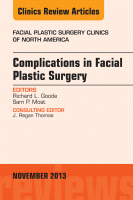 Rhytidectomy remains a challenging surgical procedure for even the most experienced aesthetic plastic surgeons. The challenges are compounded by complications that are inherent to this procedure and place added pressure on the doctor-patient relationship. Expectations for both parties are high and the margin for error nil. This article presents a personal approach to the avoidance and management of complications associated with facelift surgery. It presents the author’s personal approach as a plastic surgeon in the practice of aesthetic plastic surgery over the past 25 years. Clinical pearls are provided to obtain optimum results in rhytidectomy and limit associated sequelae.
Rhytidectomy remains a challenging surgical procedure for even the most experienced aesthetic plastic surgeons. The challenges are compounded by complications that are inherent to this procedure and place added pressure on the doctor-patient relationship. Expectations for both parties are high and the margin for error nil. This article presents a personal approach to the avoidance and management of complications associated with facelift surgery. It presents the author’s personal approach as a plastic surgeon in the practice of aesthetic plastic surgery over the past 25 years. Clinical pearls are provided to obtain optimum results in rhytidectomy and limit associated sequelae.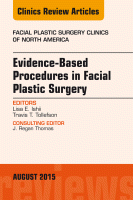 Systematic reviews and meta-analyses hold a unique position in the pyramid of evidence. They can provide transparent and rigorous summaries to answer many clinical questions in facial plastic surgery. They can also identify areas of research deficiency, create new knowledge, and support guidelines or policies. A well-conducted systematic review follows a structured process to minimize bias and ensure reproducibility. When appropriate, a meta-analysis is incorporated to provide a statistical synthesis that combines the results of individual studies. This powerful quantitative method is becoming more prevalent in facial plastic surgery. This article provides a practical framework to understand and conduct this valuable type of research.
Systematic reviews and meta-analyses hold a unique position in the pyramid of evidence. They can provide transparent and rigorous summaries to answer many clinical questions in facial plastic surgery. They can also identify areas of research deficiency, create new knowledge, and support guidelines or policies. A well-conducted systematic review follows a structured process to minimize bias and ensure reproducibility. When appropriate, a meta-analysis is incorporated to provide a statistical synthesis that combines the results of individual studies. This powerful quantitative method is becoming more prevalent in facial plastic surgery. This article provides a practical framework to understand and conduct this valuable type of research.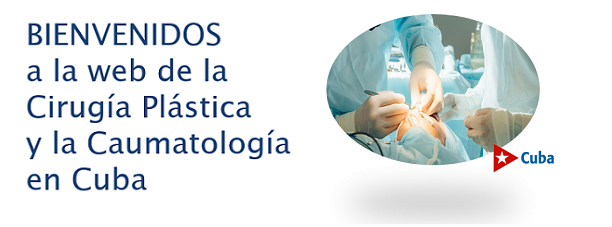

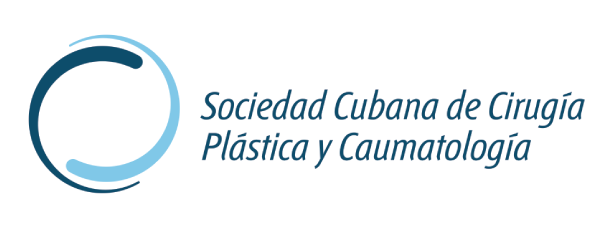

 Sitio web publicado el
Sitio web publicado el
Los lectores comentan